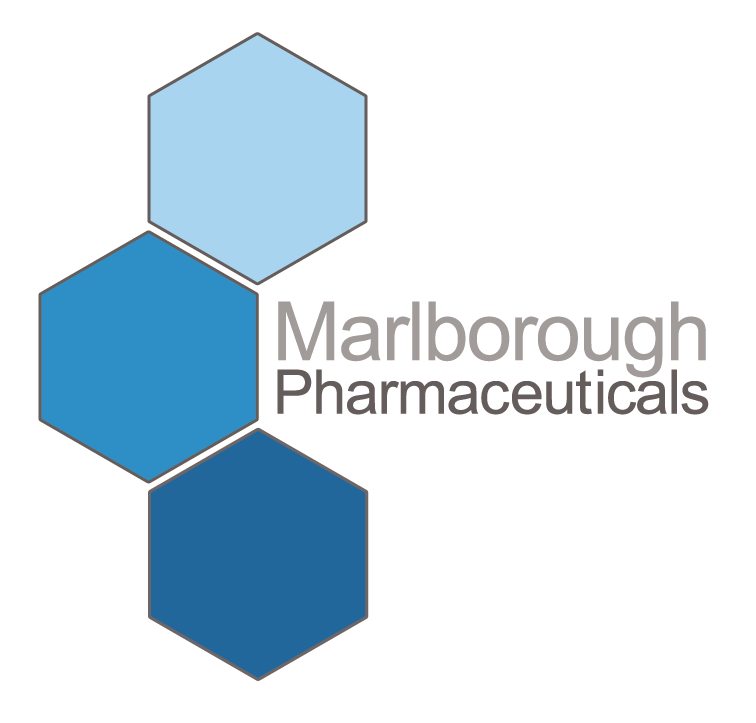Dermacort Hydrocortisone Cream
Active Ingredient:
ATC code:
D07AA02
About Medicine
Pharmacy
My Account Area

Marlborough Pharmaceuticals Ltd


Address
Sovereign House, Miles Gray Road, Basildon, SS14 3FR
Telephone
+44 (0)1268 943700
Medical Information Direct Line
+44 (0)1268 943700
Medical Information e-mail
[email protected]
Medical Information Fax
+44 (0)1748 828801
Customer Care direct line
+44 (0)1268 943700
